Home>Construction & Tools>Building Materials>How To Waterproof Stucco
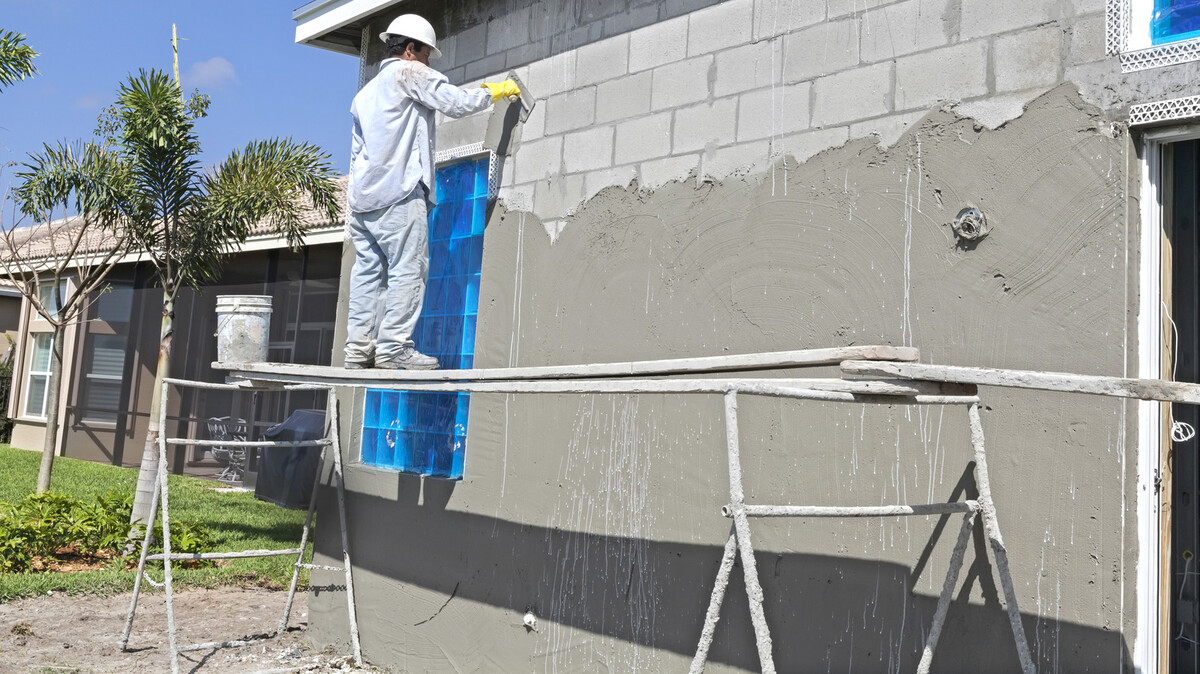

Building Materials
How To Waterproof Stucco
Modified: February 18, 2024
Learn how to waterproof stucco with the best building materials. Our expert guide will help you protect your home from moisture damage.
(Many of the links in this article redirect to a specific reviewed product. Your purchase of these products through affiliate links helps to generate commission for Storables.com, at no extra cost. Learn more)
Introduction
If you’re a homeowner or contractor, you know the importance of protecting your property from the elements. Whether it’s rain, snow, or humidity, water can wreak havoc on a building’s exterior. When it comes to stucco, a popular and durable building material, ensuring its waterproofing is essential for maintaining its integrity and appearance over time.
In this comprehensive guide, we’ll delve into the world of waterproofing stucco. From understanding the nature of stucco to the application of waterproofing sealants, we’ll cover every aspect of this crucial process. By the end of this article, you’ll have a clear understanding of how to effectively waterproof stucco, prolonging its lifespan and preserving the beauty of your property.
So, let’s embark on this enlightening journey into the realm of stucco waterproofing, where we’ll unravel the secrets to safeguarding your exterior surfaces against moisture and weathering.
Key Takeaways:
- Protecting stucco from water damage is crucial for maintaining its beauty and durability. Understanding stucco’s porous nature and preparing the surface thoroughly before applying waterproofing sealant are essential steps in the process.
- After waterproofing stucco, regular maintenance is key to preserving its protective qualities. Inspecting for damage, keeping the surface clean, and proactively reapplying sealant as needed will ensure the stucco remains resilient against moisture and environmental challenges.
Read more: How To Waterproof Balcony
Understanding Stucco
Stucco, a time-honored building material, has been adorning structures for centuries with its timeless charm and exceptional durability. Composed of cement, sand, lime, and water, stucco is renowned for its versatility and resilience. Whether applied to exterior walls, ceilings, or decorative elements, stucco offers a robust and visually appealing finish.
One of the key characteristics of stucco is its porous nature, which makes it susceptible to water infiltration. When exposed to moisture, untreated stucco can absorb water, leading to a host of issues such as efflorescence, mold growth, and structural deterioration. Therefore, waterproofing stucco is imperative to shield it from the detrimental effects of water and environmental factors.
Moreover, understanding the specific type of stucco used is crucial in the waterproofing process. Traditional stucco, also known as Portland cement plaster, requires a different approach compared to synthetic stucco, such as Exterior Insulation and Finish System (EIFS). Each type has distinct properties and compositions, necessitating tailored waterproofing solutions to ensure optimal protection.
By comprehending the composition, characteristics, and variations of stucco, you can make informed decisions when selecting waterproofing products and techniques. This knowledge forms the bedrock of effective stucco waterproofing, laying the groundwork for long-lasting and resilient exterior surfaces.
Preparing the Stucco Surface
Before embarking on the waterproofing process, it’s paramount to prepare the stucco surface meticulously. This preparatory phase sets the stage for the successful application of waterproofing sealants, ensuring optimal adhesion and long-term efficacy.
The first step in preparing the stucco surface involves thorough cleaning. Remove any dirt, dust, efflorescence, or other contaminants that may hinder the bonding of the waterproofing sealant. A pressure washer or a stiff-bristled brush, coupled with a mild detergent, can effectively cleanse the stucco, unveiling a pristine substrate ready for waterproofing.
Once the surface is clean and dry, inspect the stucco for any cracks, gaps, or imperfections. Addressing these issues is crucial, as they can serve as entry points for water infiltration. Utilize a high-quality stucco patching compound to fill in any voids and achieve a smooth, uniform surface. Pay special attention to areas where the stucco meets other materials, such as doors, windows, and trim, as these junctions are prone to water seepage and require meticulous sealing.
Furthermore, assess the stucco for any existing waterproofing treatments. If the surface has been previously waterproofed, ensure that it is in good condition and still provides adequate protection. If signs of deterioration or ineffectiveness are evident, it may be necessary to remove the old sealant and reapply a new waterproofing solution for comprehensive coverage.
Lastly, allow the stucco surface to dry completely before proceeding with the waterproofing application. Adequate drying time is essential to ensure that the stucco is free from moisture, guaranteeing optimal adhesion and penetration of the waterproofing sealant.
By meticulously preparing the stucco surface through cleaning, repairing, and assessing its condition, you establish a solid foundation for the subsequent waterproofing steps. This diligent preparation maximizes the effectiveness of the waterproofing process, fortifying the stucco against water intrusion and fortifying its longevity.
To waterproof stucco, apply a waterproofing sealant or paint specifically designed for stucco surfaces. Make sure to clean and dry the stucco before applying the waterproofing product for best results.
Applying Waterproofing Sealant
Once the stucco surface is meticulously prepared, it’s time to apply the waterproofing sealant to fortify its defenses against moisture and environmental aggressors. The choice of sealant and the application method play pivotal roles in ensuring comprehensive and enduring waterproofing.
When selecting a waterproofing sealant, consider the specific requirements of the stucco surface and the prevailing environmental conditions. Acrylic-based sealants offer flexibility and breathability, making them suitable for climates with moderate moisture levels. Silicone-based sealants, on the other hand, provide exceptional water repellency and are ideal for areas prone to heavy rainfall or high humidity.
Prior to application, carefully read and follow the manufacturer’s instructions to achieve the best results. Begin by applying the sealant to the stucco surface using a brush, roller, or sprayer, ensuring even coverage and penetration into the substrate. Pay close attention to areas susceptible to water ingress, such as joints, corners, and any protrusions, to create a seamless barrier against moisture intrusion.
For added protection, consider applying multiple coats of the waterproofing sealant, allowing sufficient drying time between each application as per the manufacturer’s recommendations. This layered approach enhances the resilience of the waterproofing barrier, bolstering the stucco’s ability to withstand varying weather conditions and moisture exposure.
Moreover, integrating reinforcing fabric or mesh into the sealant layers at vulnerable areas can further fortify the waterproofing system, providing additional strength and resistance against potential cracks or water penetration points.
Upon completing the sealant application, conduct a thorough inspection to ensure uniform coverage and address any missed spots or uneven areas. This meticulous approach guarantees that the stucco surface is comprehensively shielded, minimizing the risk of water-related damage and preserving its structural integrity and aesthetic appeal.
By thoughtfully selecting the appropriate sealant, adhering to the application guidelines, and implementing thorough coverage, you empower the stucco with a robust waterproofing shield, safeguarding it against the relentless forces of moisture and weather-induced deterioration.
Maintaining Waterproofed Stucco
Once the stucco has been effectively waterproofed, regular maintenance is essential to uphold its protective qualities and extend its longevity. By implementing routine care and inspections, you can identify and address potential issues promptly, ensuring that the waterproofing remains intact and continues to shield the stucco from moisture infiltration.
One of the primary maintenance tasks involves inspecting the waterproofed stucco for any signs of wear, damage, or deterioration. Look for cracks, peeling sealant, or areas where the waterproofing barrier may have been compromised. Addressing these issues without delay is crucial to prevent water intrusion and mitigate the risk of more extensive damage to the stucco substrate.
Regularly clean the waterproofed stucco surface to remove dirt, debris, and organic matter that can compromise the effectiveness of the sealant. Utilize a gentle detergent and a soft-bristled brush or a low-pressure wash to maintain the cleanliness of the stucco and preserve the integrity of the waterproofing barrier.
Inspect the surrounding landscape and drainage systems to ensure that water is effectively diverted away from the stucco-clad areas. Proper grading, gutters, downspouts, and drainage solutions play a pivotal role in preventing water from accumulating near the stucco, reducing the risk of prolonged moisture exposure and potential water damage.
Furthermore, consider periodic reapplication of the waterproofing sealant to reinforce the stucco’s defenses against the elements. Over time, exposure to weather and environmental factors can diminish the efficacy of the sealant. By proactively resealing the stucco at regular intervals, you bolster its ability to repel water and maintain its structural resilience.
In the event of any damage or deterioration to the waterproofed stucco, promptly address the issues by repairing the affected areas and reapplying the sealant as needed. Timely intervention is key to preventing water-related complications and preserving the stucco’s aesthetic appeal and structural integrity.
By diligently maintaining the waterproofed stucco through regular inspections, cleaning, and proactive resealing, you fortify its ability to withstand moisture and environmental challenges, ensuring that it remains a steadfast and enduring feature of your property for years to come.
Read more: How To Stucco A Foundation
Conclusion
As we conclude our exploration of waterproofing stucco, it’s evident that safeguarding this venerable building material against moisture is paramount for preserving its longevity and visual allure. By understanding the nature of stucco and the intricacies of its waterproofing process, you gain the knowledge and insight to fortify your property’s exterior surfaces against the relentless forces of water and environmental elements.
From meticulous surface preparation to the application of high-quality waterproofing sealants, each step in the process plays a pivotal role in enhancing the stucco’s resilience and longevity. Furthermore, consistent maintenance and proactive care are essential for upholding the protective qualities of the waterproofing barrier, ensuring that the stucco remains impervious to water infiltration and retains its structural integrity and aesthetic appeal over time.
By embracing the principles of effective stucco waterproofing and integrating them into your property maintenance regimen, you empower your stucco-clad surfaces to withstand the test of time and weather, emerging as enduring testaments to both beauty and durability.
So, whether you’re a homeowner seeking to safeguard your abode or a contractor striving to deliver exceptional craftsmanship, the knowledge and practices elucidated in this guide serve as invaluable tools in your quest to preserve and protect stucco-clad structures.
May this journey into the realm of stucco waterproofing empower you to fortify your property against the vagaries of nature, ensuring that your stucco remains a steadfast embodiment of enduring elegance and resilience for generations to come.
Frequently Asked Questions about How To Waterproof Stucco
Was this page helpful?
At Storables.com, we guarantee accurate and reliable information. Our content, validated by Expert Board Contributors, is crafted following stringent Editorial Policies. We're committed to providing you with well-researched, expert-backed insights for all your informational needs.
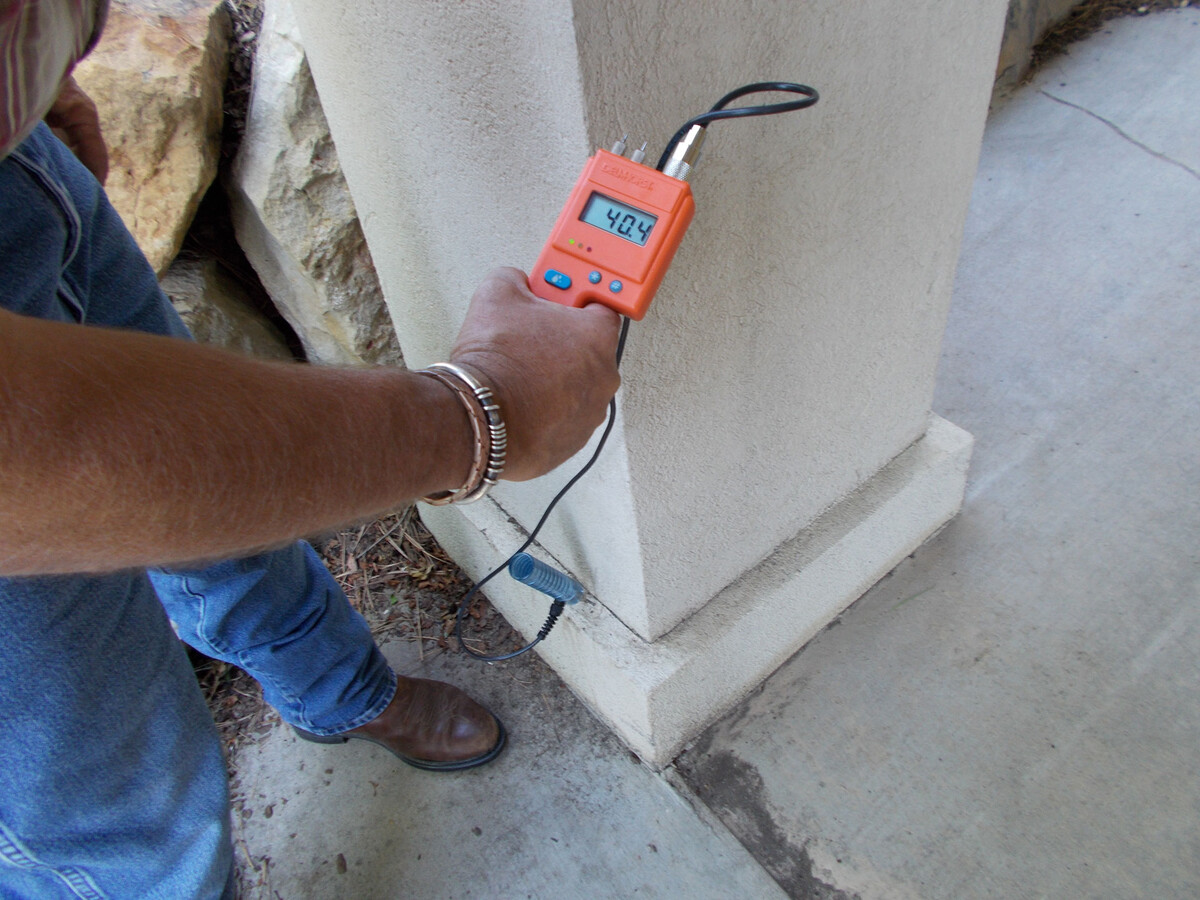
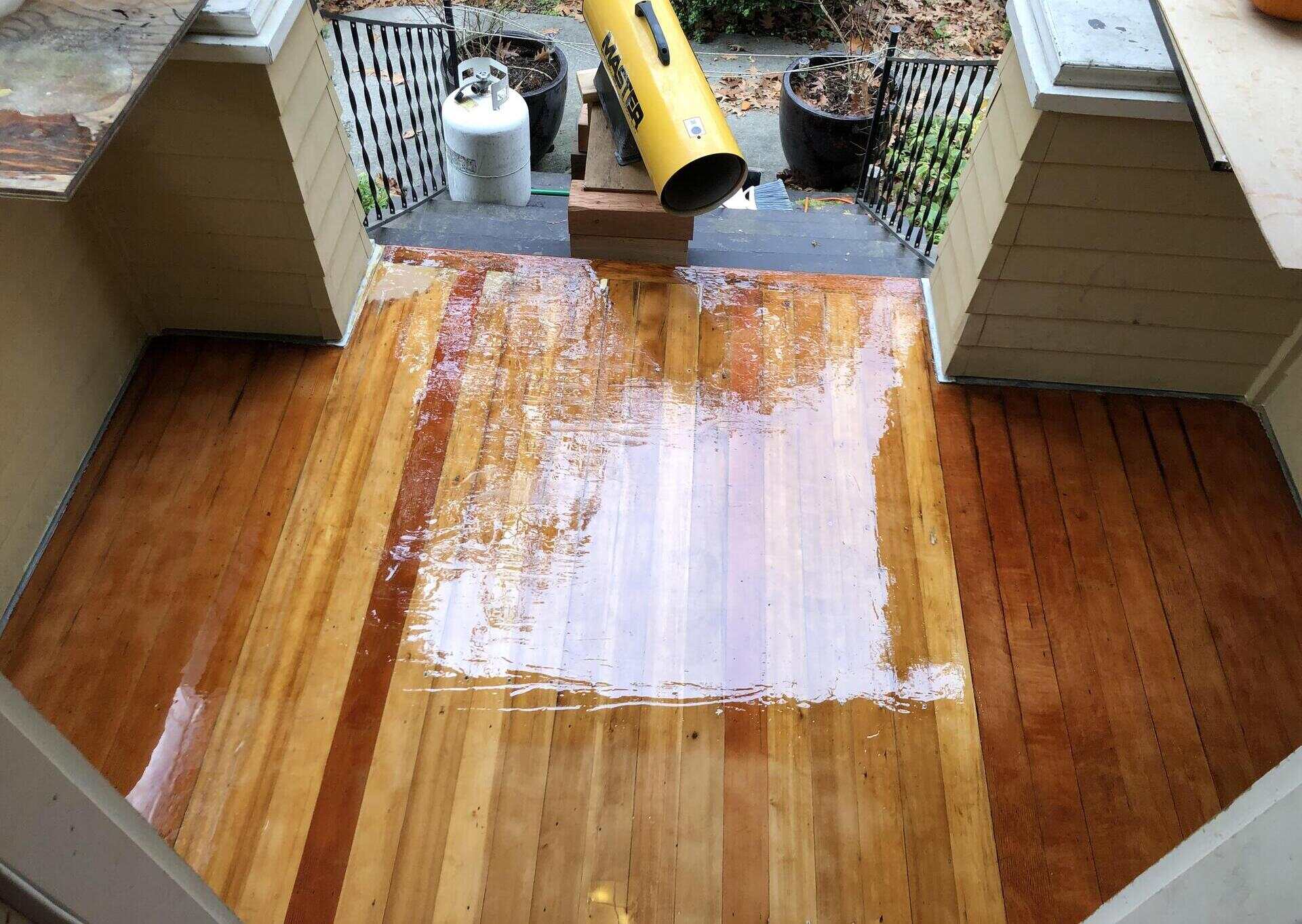
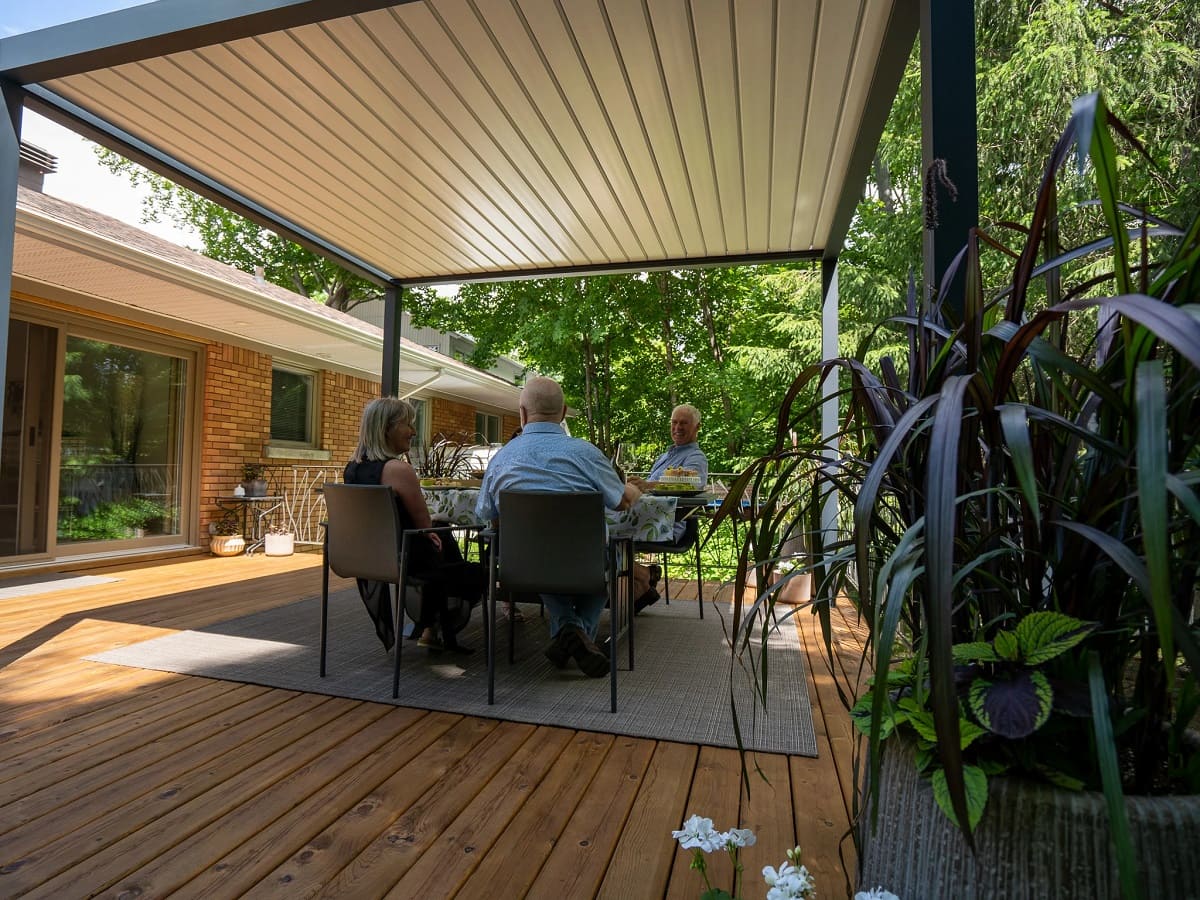
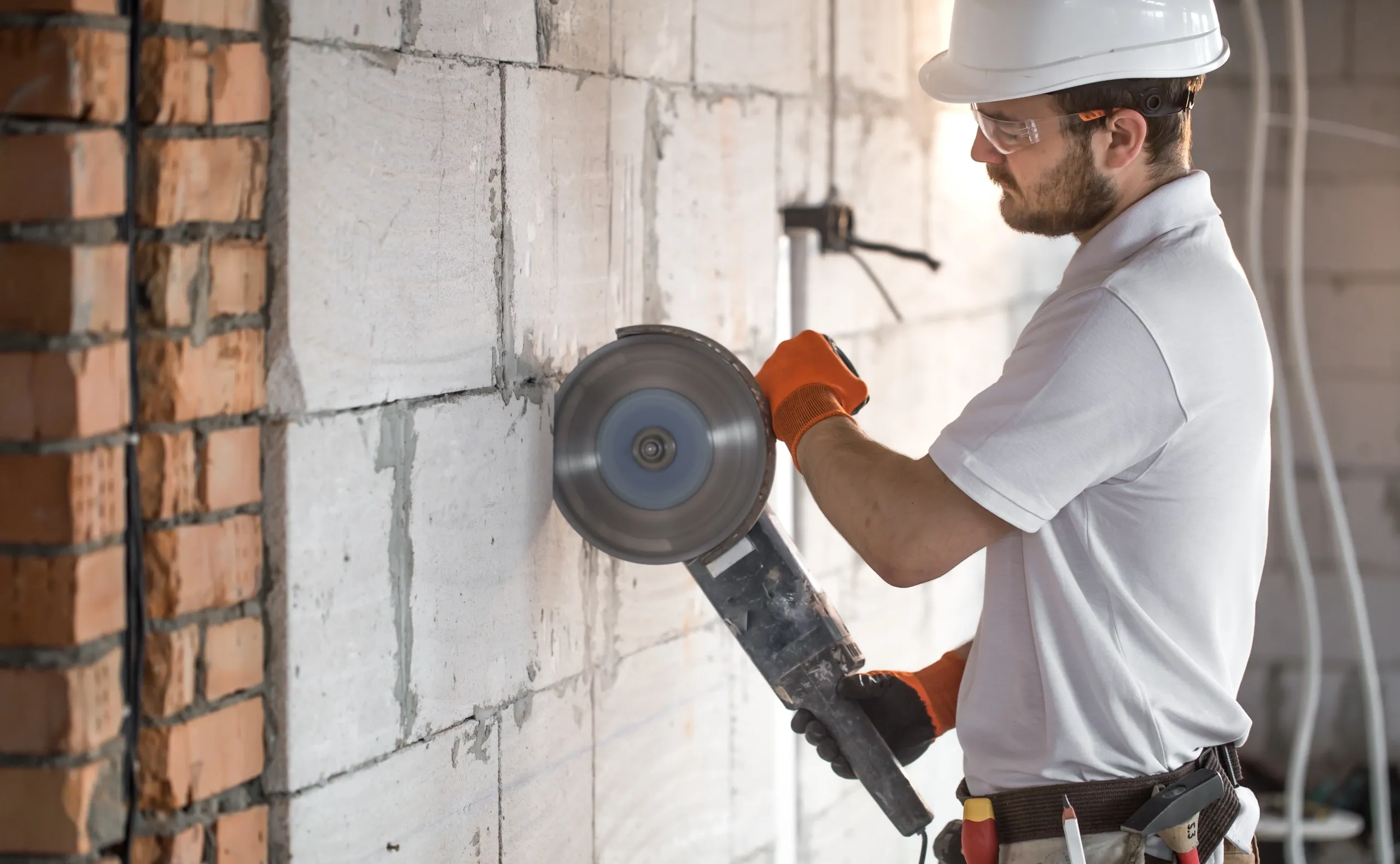
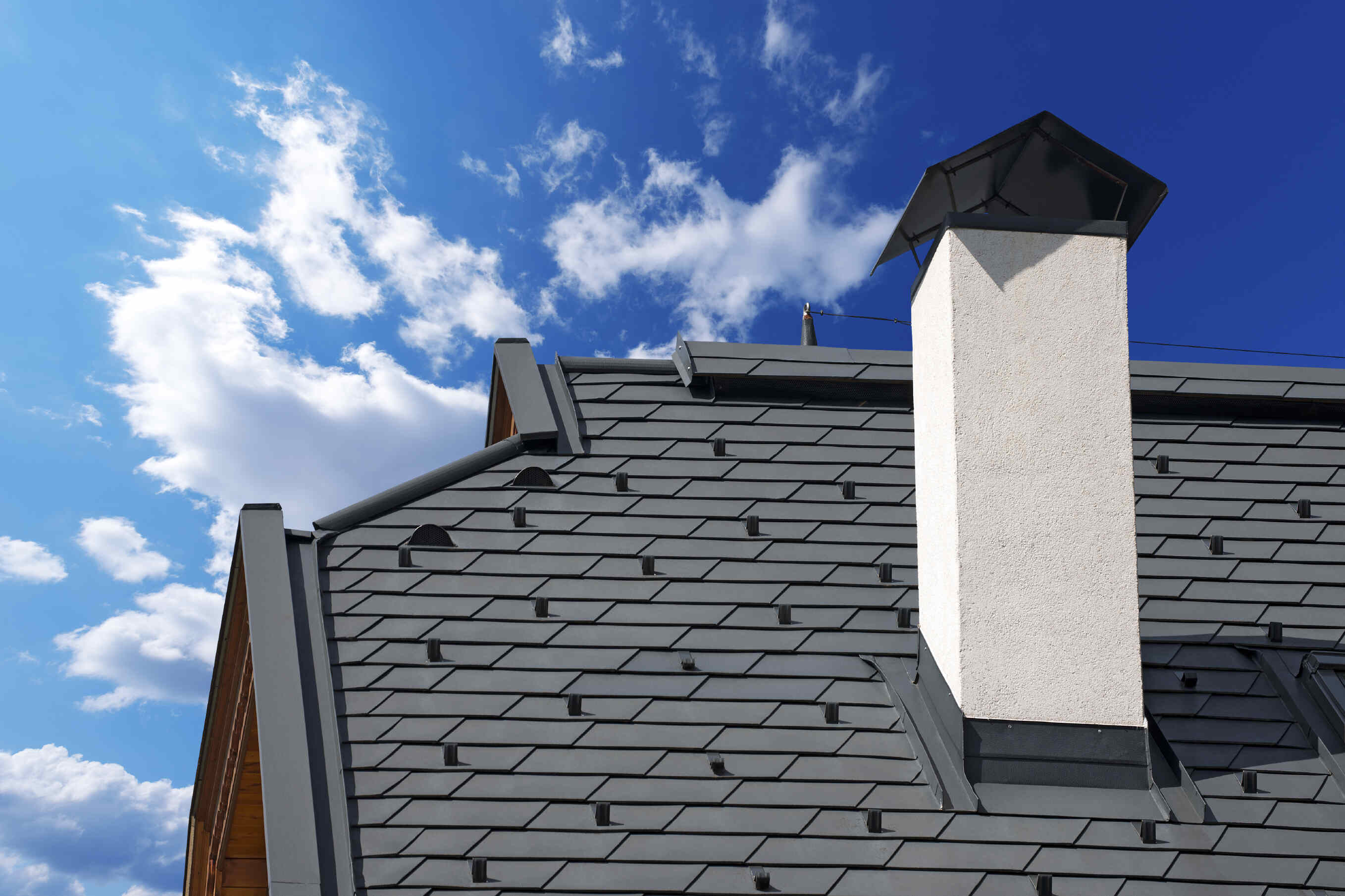

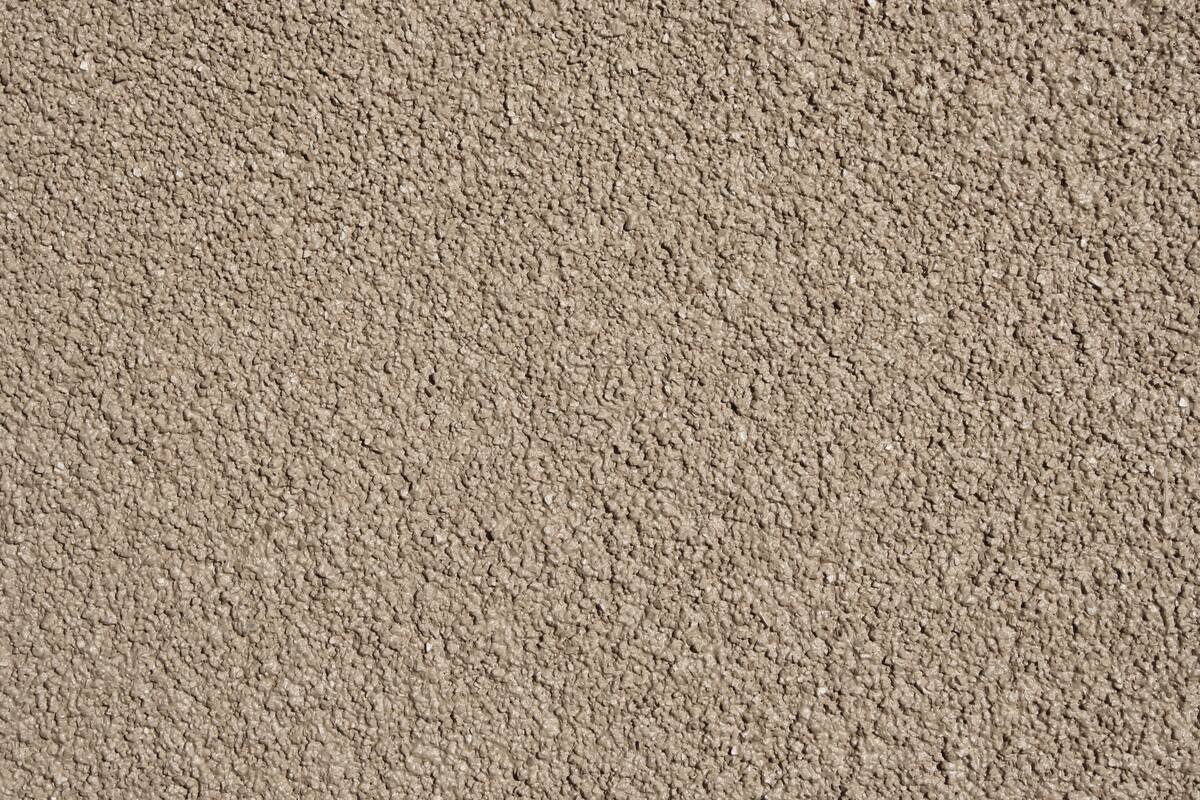
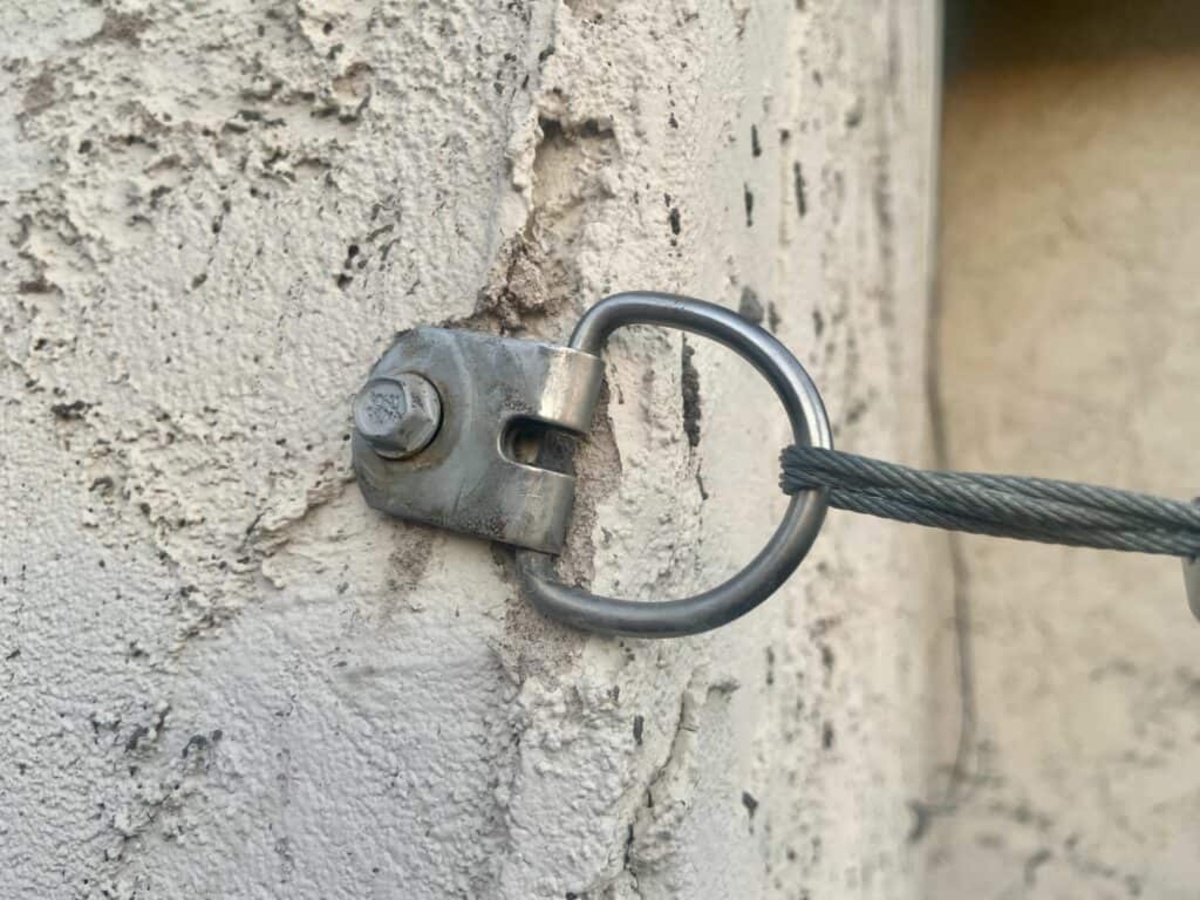
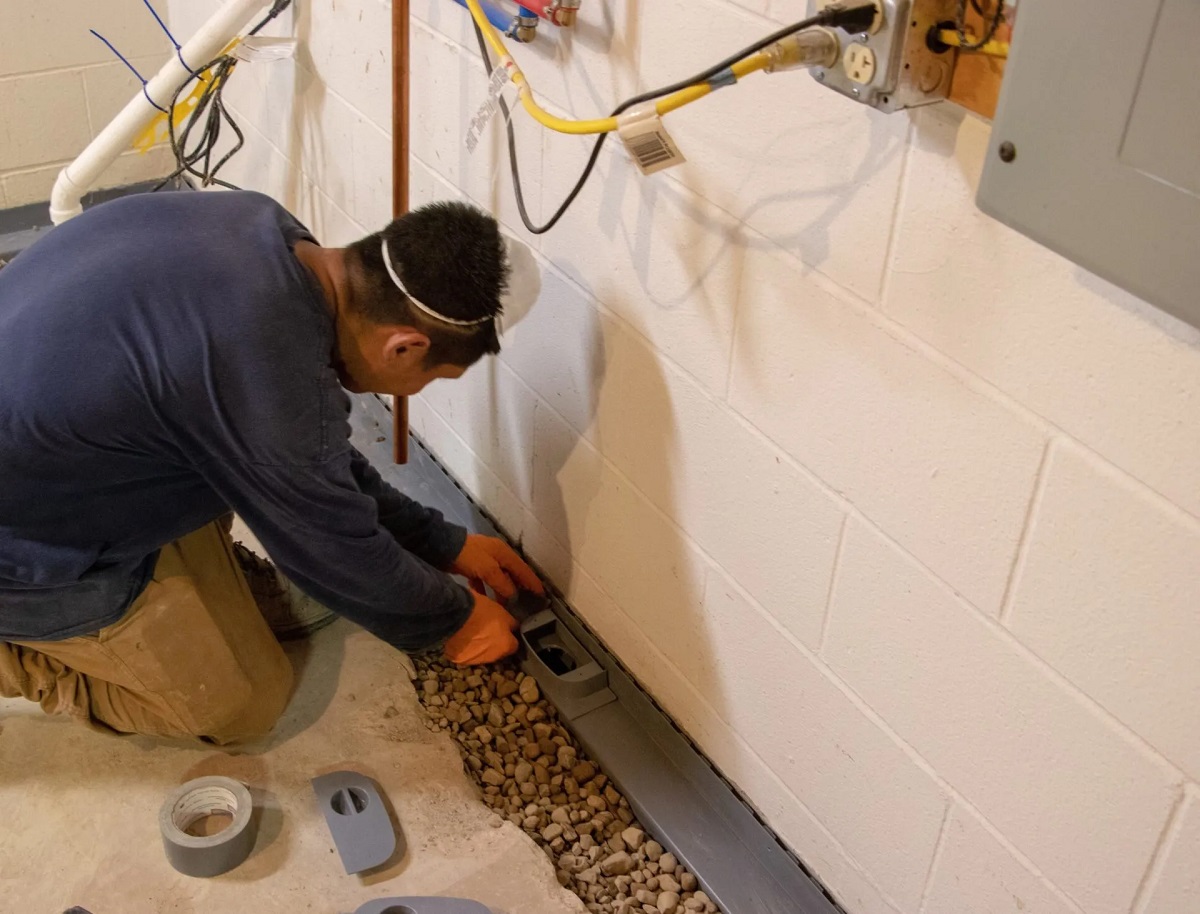

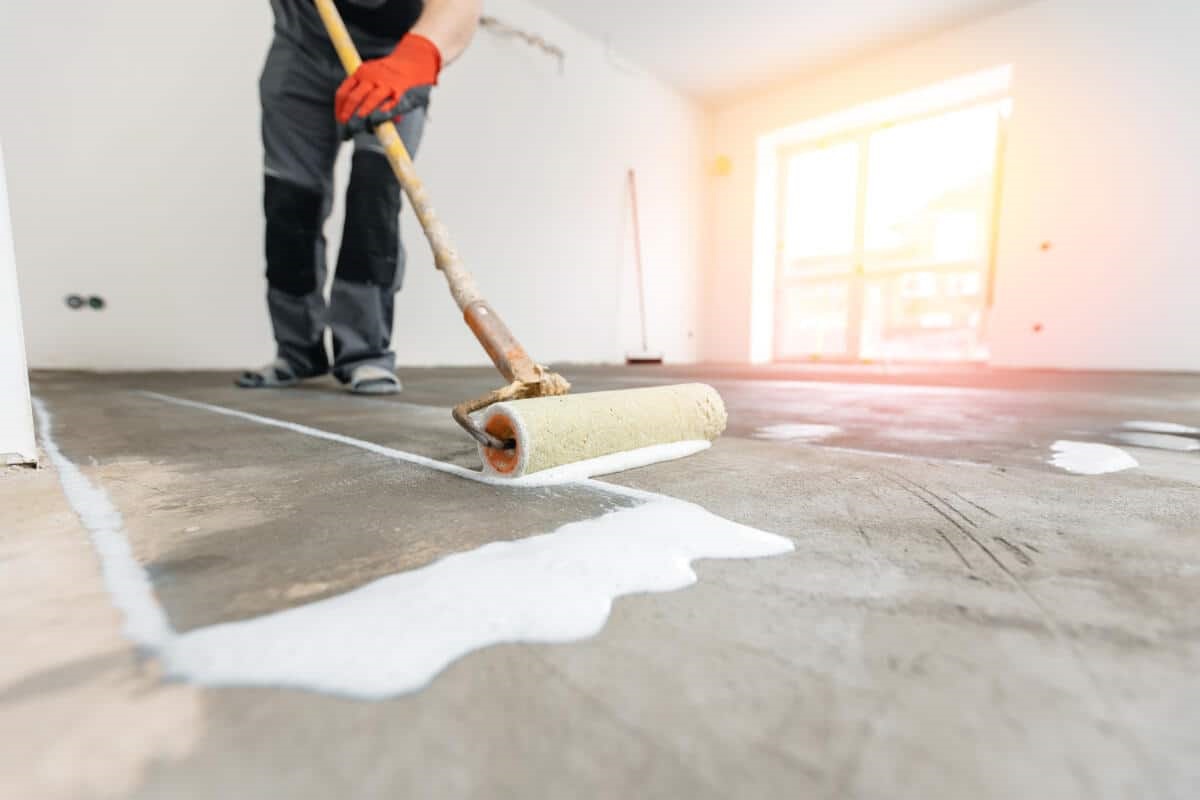
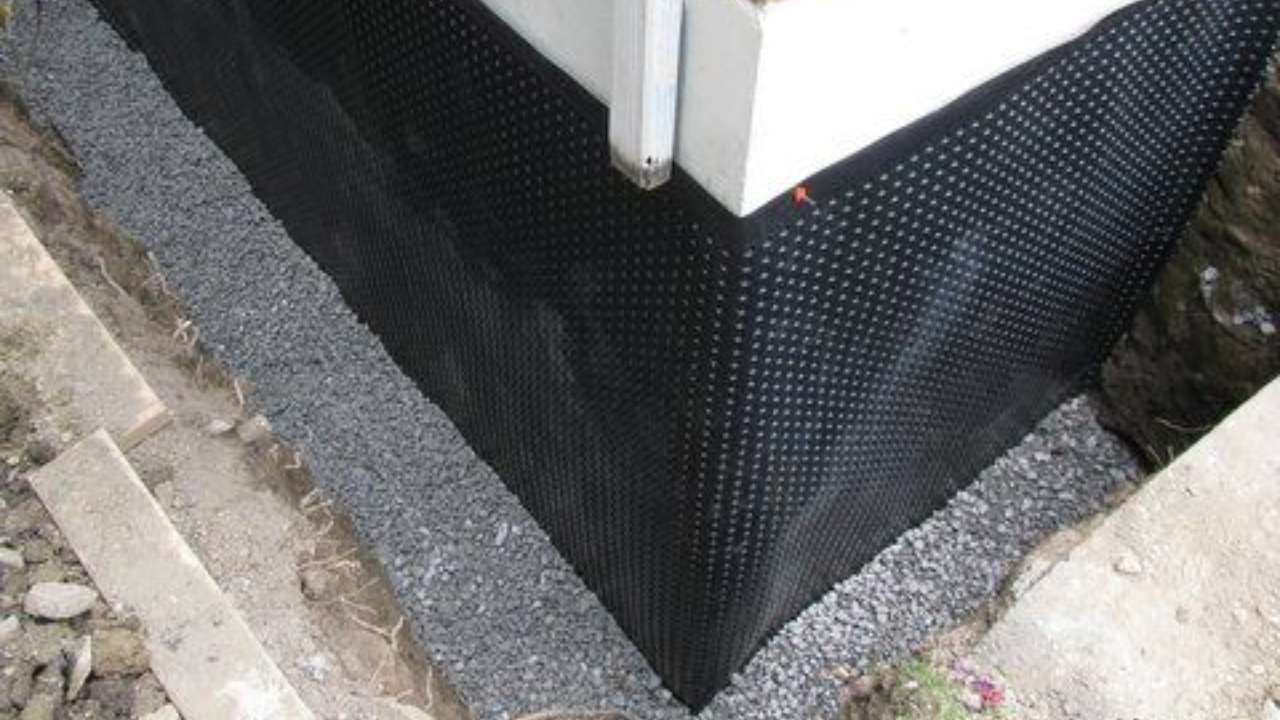
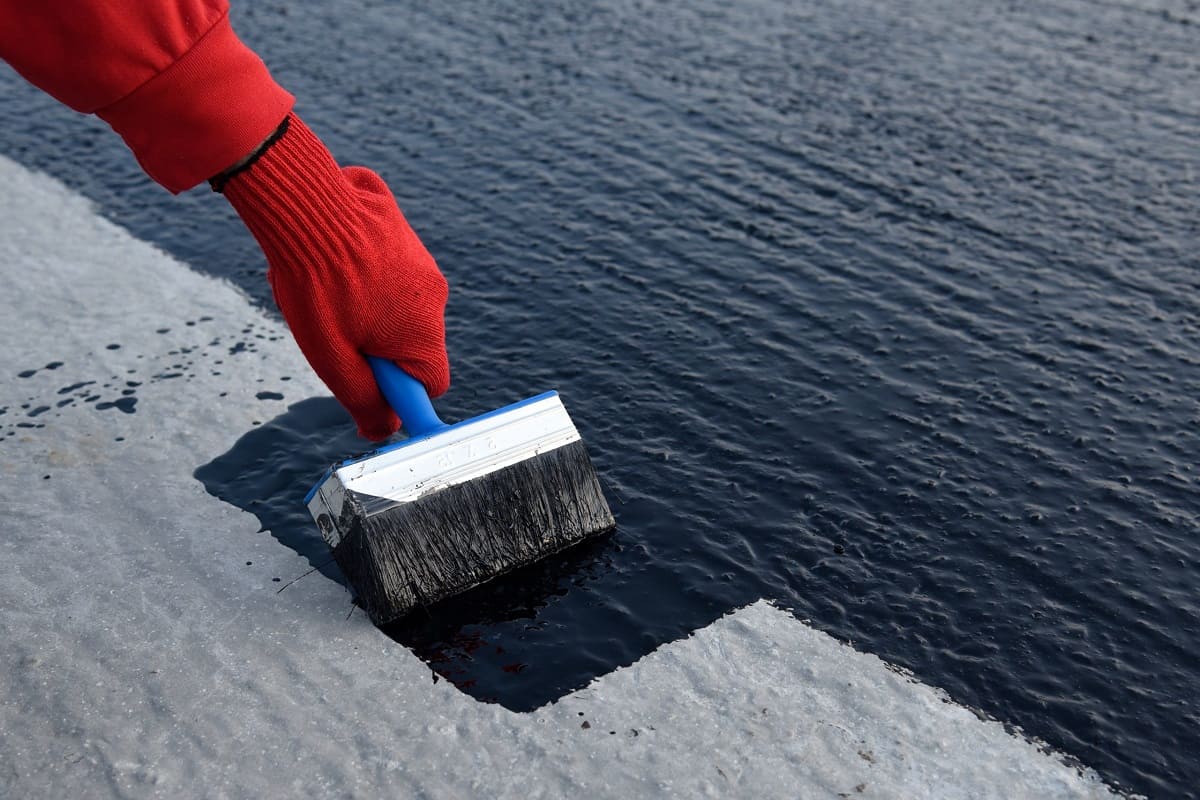
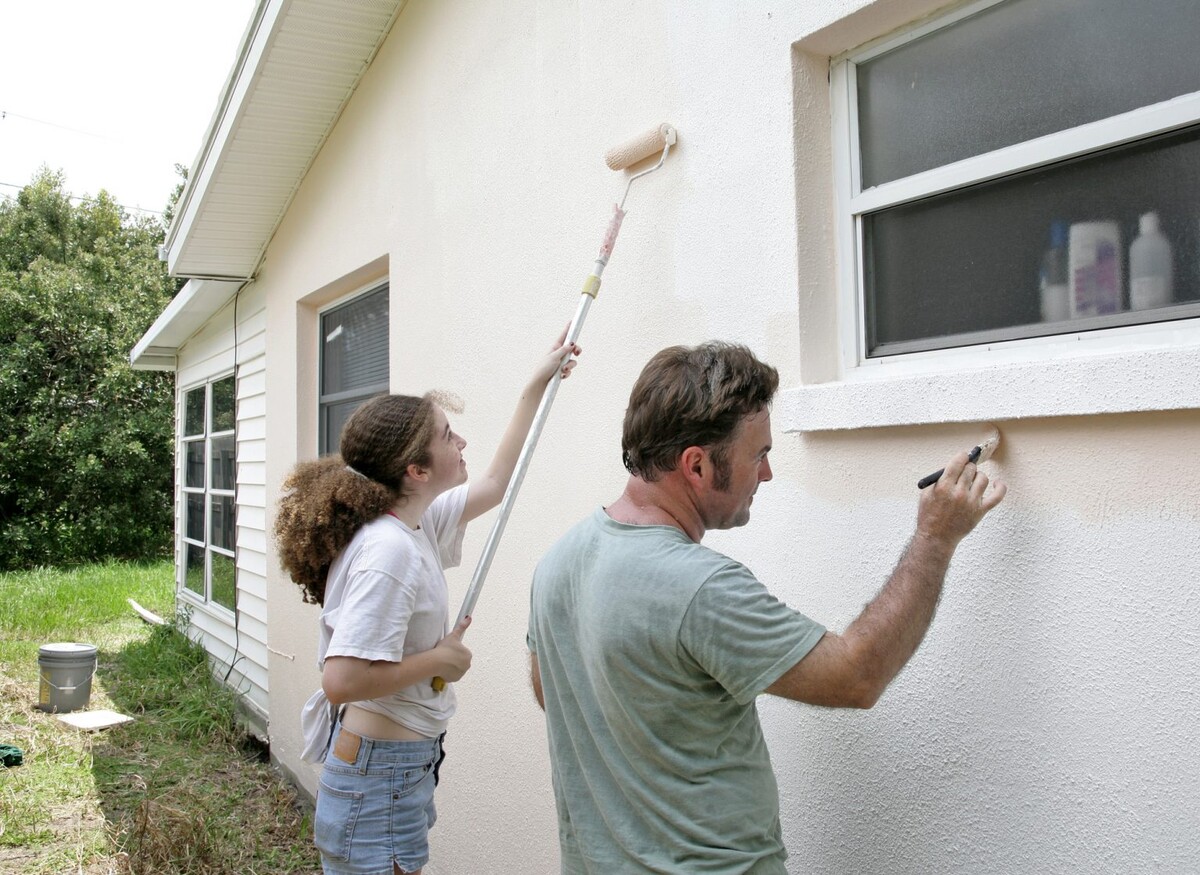

0 thoughts on “How To Waterproof Stucco”